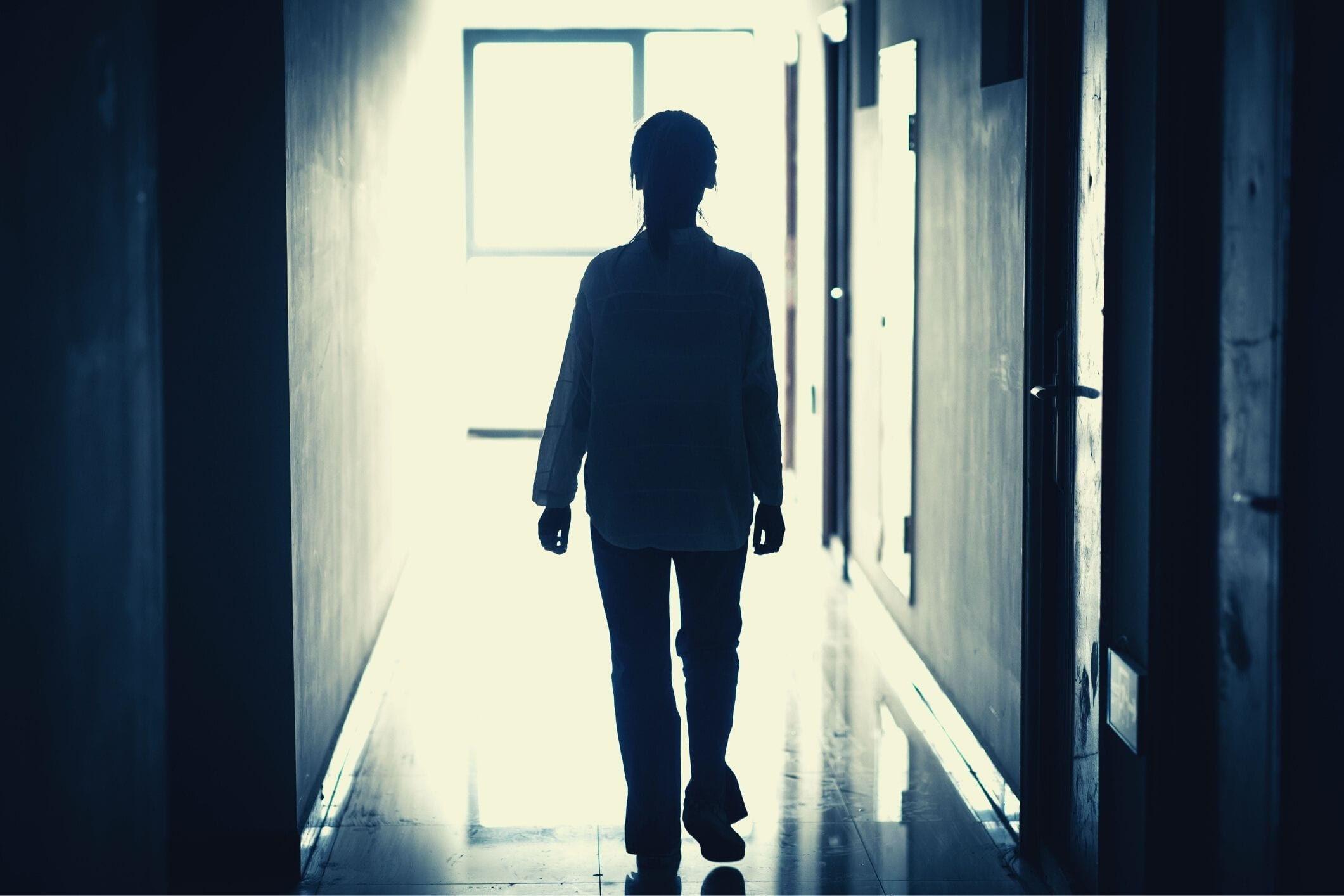
The Chief Executive of Perth Children’s Hospital, Aresh Anwar, and the director-general of the Department of Health, David Russell-Weisz, will be forced to explain the events that led up to Aishwarya Aswath’s tragic death.
Junior staff used as “scapegoats”
AMA WA President Andrew Miller referred the two public health sector officials to the Australian Health Practitioner Regulation Agency on the weekend, amid concerns junior staff working the night Aishwarya died were being used as “scapegoats” in order to defer from systemic problems at the hospital, according to a report in WA Today.
The purpose of the referral is to consider what hospital officials “could and should” have done to help staff carry out their roles successfully.
Dr Miller said it was “unconscionable” that two junior nurses and the doctor who saw Aishwarya had been referred to AHPRA.
“Staff are angry and feel the junior nurses and doctor are being used as a scapegoat in what is a whole system issue, not an individual practitioner issue.”
Dr Miller said the unprecedented move was necessary to “restore staff and public confidence”.
“While the doctors are highly regarded individuals prior to this, it’s a matter of equity and fairness.”
He continued, “It should not all be pinned on a couple of junior people, we have to look at the actions of the system as a whole including the executive.”
Miller said, “We’re not going to turn the temperature down until they fix the emergency departments, and they’re not going to fix them until they acknowledge the problems in the system that they’ve been in control of for four years now,” according to The West Australian.
“Systemic change is necessary”
A report by Western Australia’s Child and Adolescent Health Service found staff at PCH emergency missed a “cascade” of opportunities to escalate Aishwarya’s care when she came to hospital with an infection.
A spokesman for Aishwarya’s family, Suresh Rajan, said the family had not identified any particular individual in their own referral to AHPRA, according to WA Today.
Rajan said Aishwarya’s family referred the hospital as a whole to the regulator because their experience suggested the whole system was plagued with problems.
Nurses union urges rally in support of junior staff in firing line
Australian Nurses Federation State Secretary, Mark Olson, encouraged public sector medical staff to rally outside PCH on Tuesday to support fellow nurses and doctors under fire from hospital management.
“We know the family deserves answers, but this does not happen by concentrating the blame on a few junior staff and denying there are significant failures in the system. The rally will highlight both of these important points,” he said, according to WA Today.
Answers needed
Health Minister Roger Cook told WA Today the focus at this time should be getting answers for Aishwarya’s family and preventing a similar incident from occurring again.
Cook met with Aishwarya’s parents last week, and he told WA Today their anger is mixed in with their grief, but that the investigation must continue.
Dr Anwar and Dr Russell-Weisz have issued a joint statement saying they will cooperate with the AHPRA investigation.
“Our focus will, however, remain on implementing the recommendations of the Root Cause Analysis, and providing the best care possible for children and young people,” they said in a statement.
This incident and those like it have been happening in hospital and Aged Care Facilities for decades…..yes and it is ALWAYS the junior staff whether RN, EN, or Carer that the finger is pointed at. When ever I have been in an Emergency Unit or ward the doctor’s seem to be very relaxed sitting at or on desks writing and having little laughs…….As a Snr RN I find their attitude lazy and arrogant. Their bedside manners appalling. RNs, ENs, Carers trying to manage as much as they can and the one who is ultimately responsible for the patient (the Doctor) needs to get of his high horse and get down and dirty and do his job.